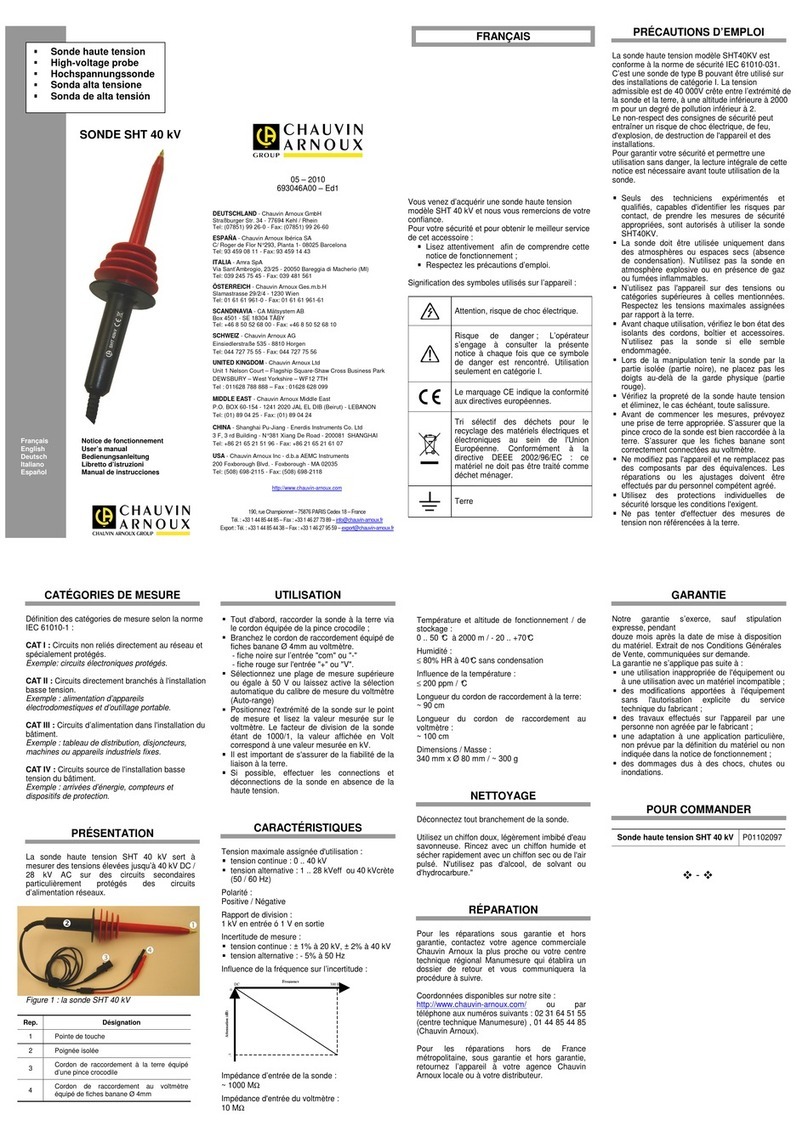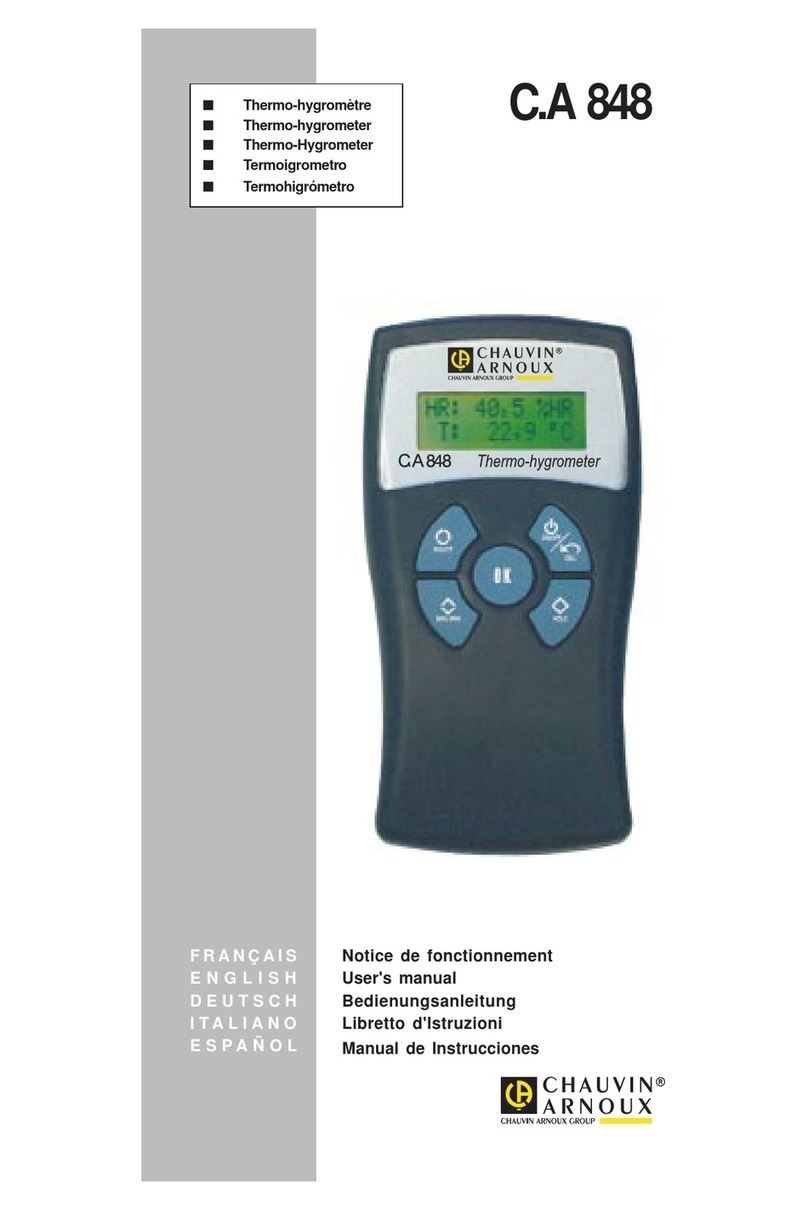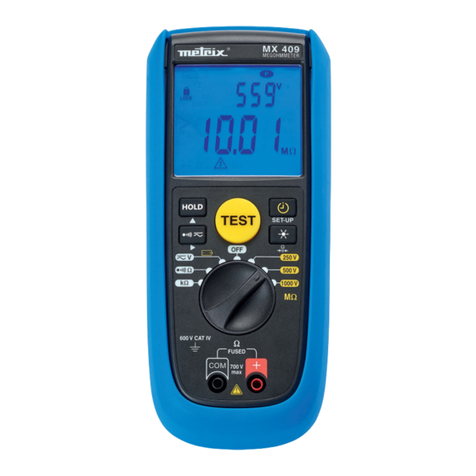Chauvin Arnoux AEMC Simple Logger SL Series Service manual
Other Chauvin Arnoux Measuring Instrument manuals
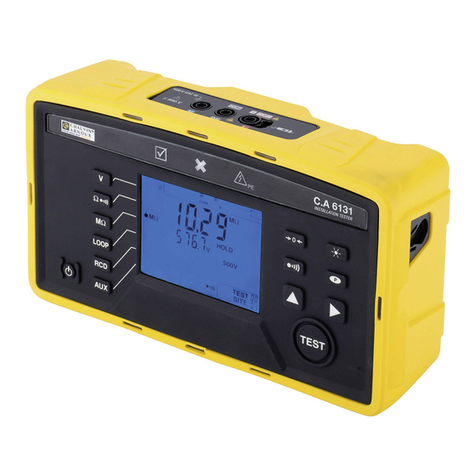
Chauvin Arnoux
Chauvin Arnoux C.A 6131 User manual
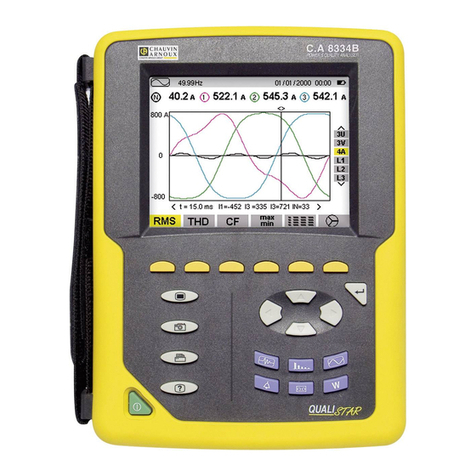
Chauvin Arnoux
Chauvin Arnoux C.A 8334B User manual
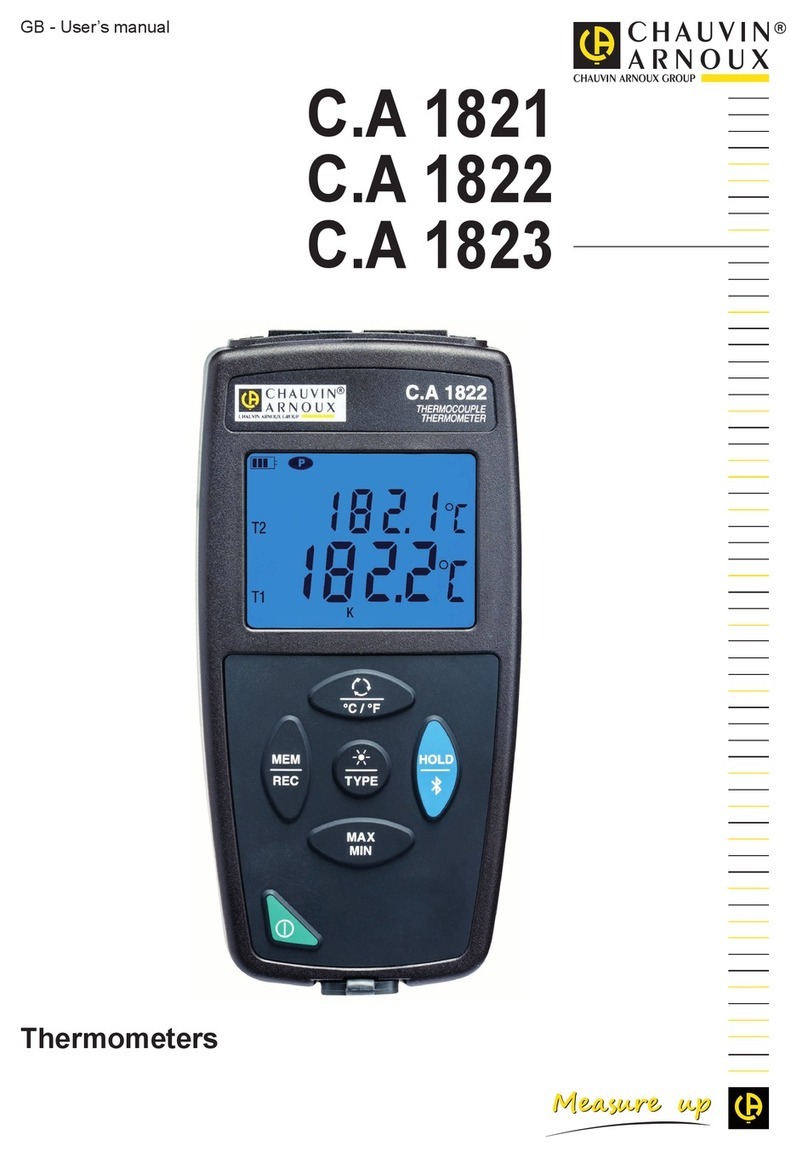
Chauvin Arnoux
Chauvin Arnoux C.A 1821 User manual
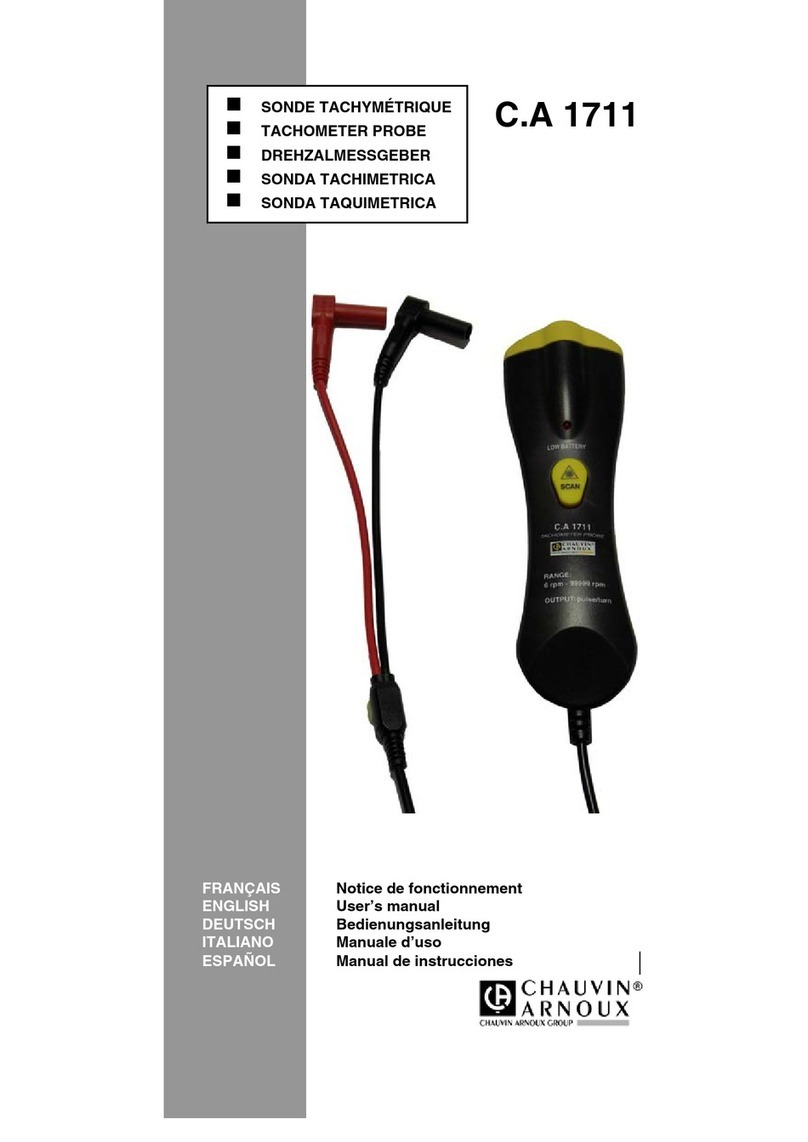
Chauvin Arnoux
Chauvin Arnoux C.A 1711 User manual
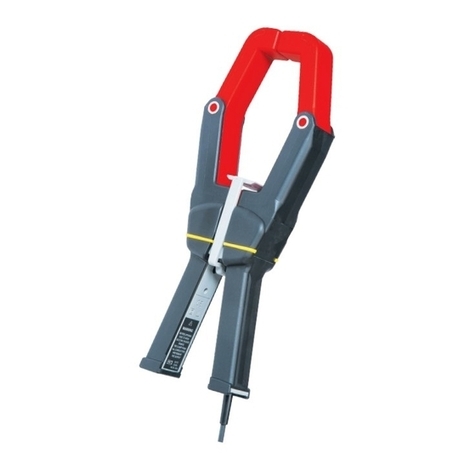
Chauvin Arnoux
Chauvin Arnoux AEMC J93 User manual
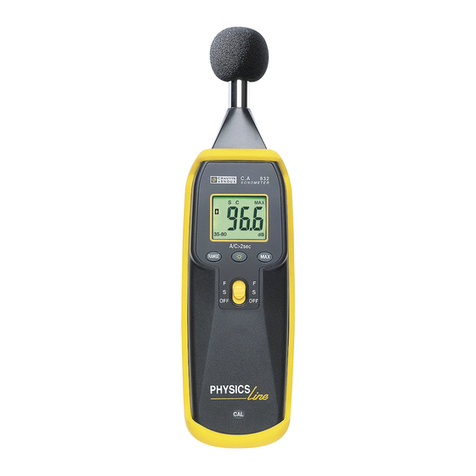
Chauvin Arnoux
Chauvin Arnoux PHYSICS line C.A 832 User manual

Chauvin Arnoux
Chauvin Arnoux ORITEL IR 205 User manual

Chauvin Arnoux
Chauvin Arnoux E25 User manual
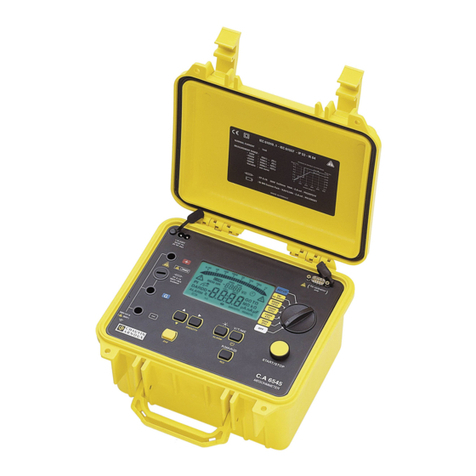
Chauvin Arnoux
Chauvin Arnoux C.A 6545 User manual
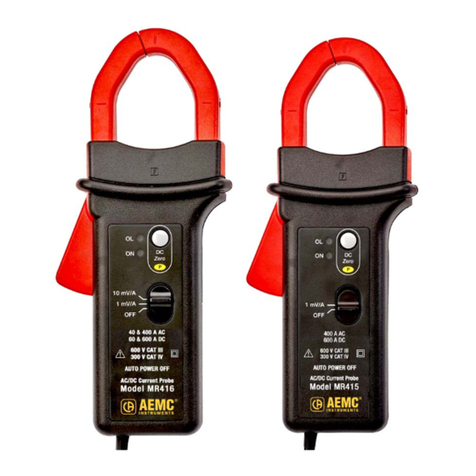
Chauvin Arnoux
Chauvin Arnoux AEMC MR415 User manual
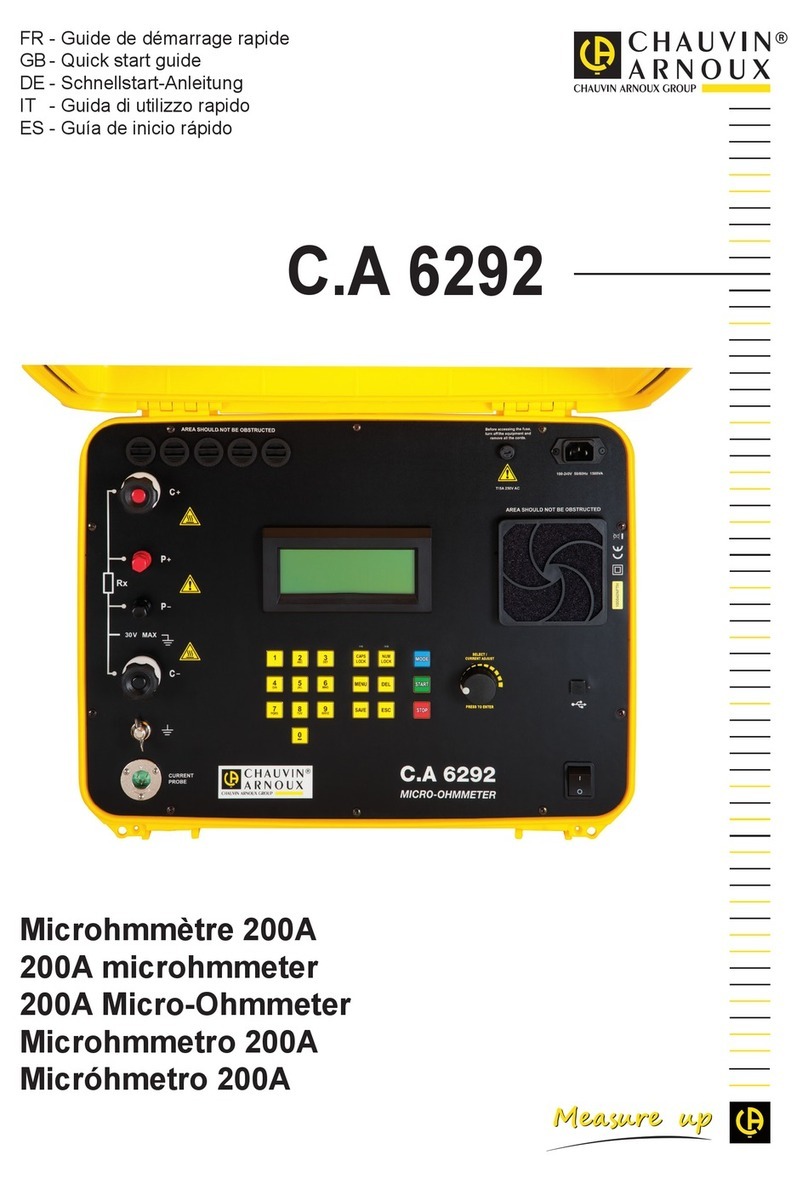
Chauvin Arnoux
Chauvin Arnoux C.A 6292 User manual
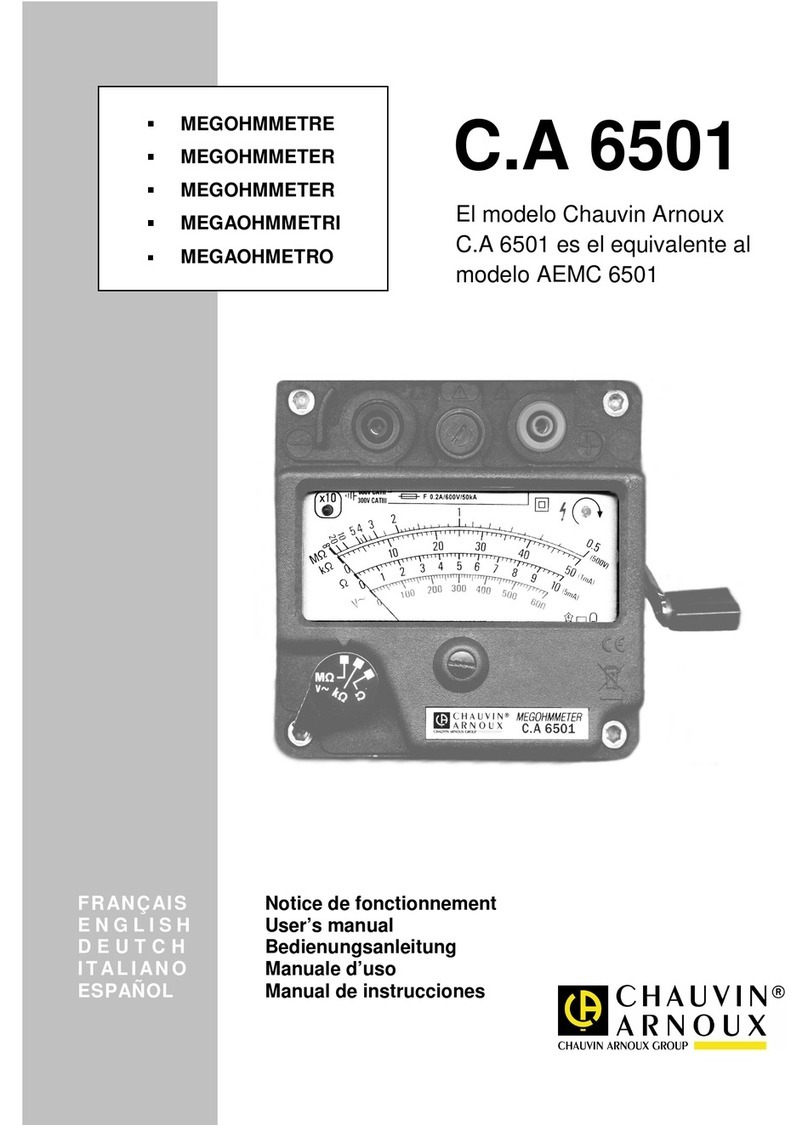
Chauvin Arnoux
Chauvin Arnoux C.A 6501 User manual
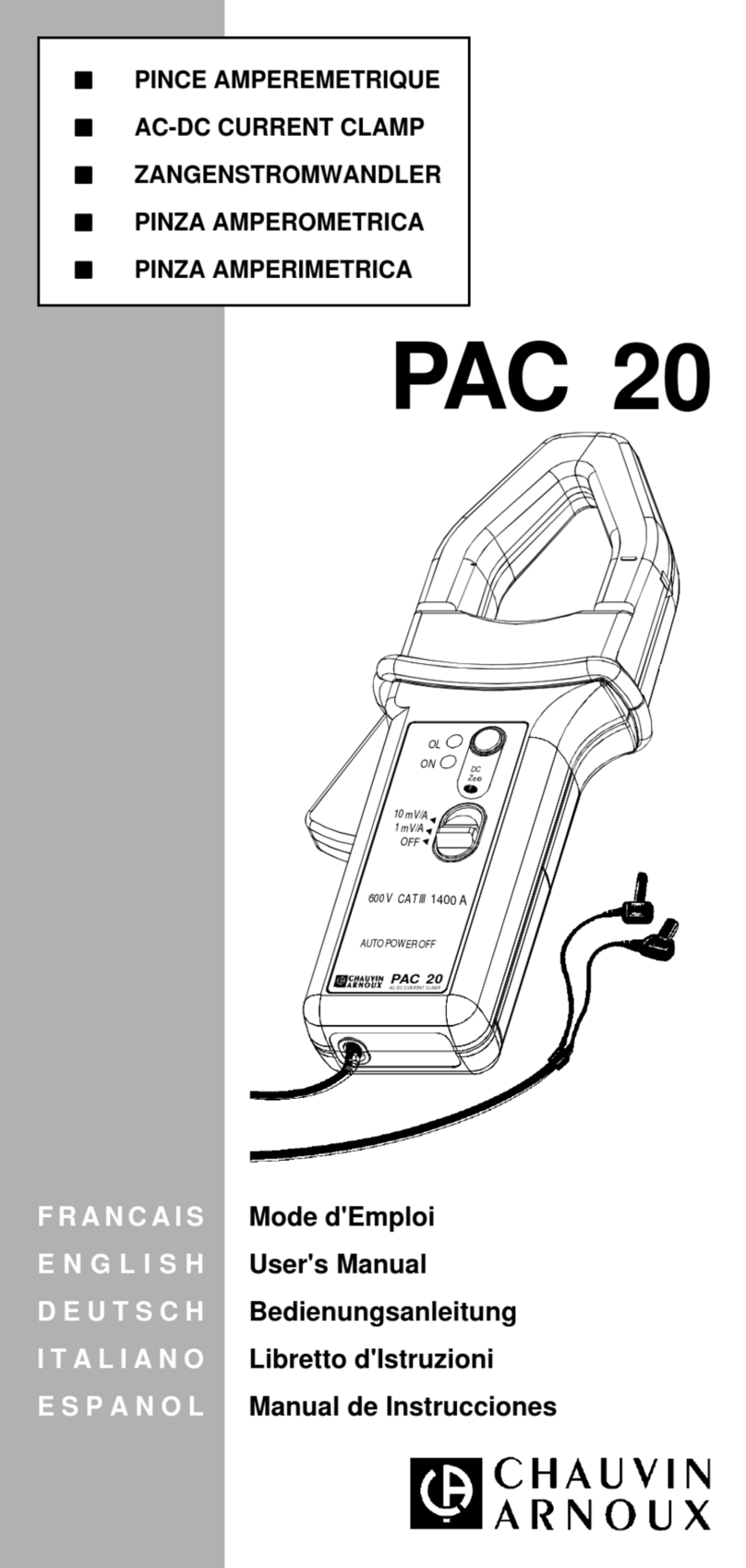
Chauvin Arnoux
Chauvin Arnoux PAC 20 User manual
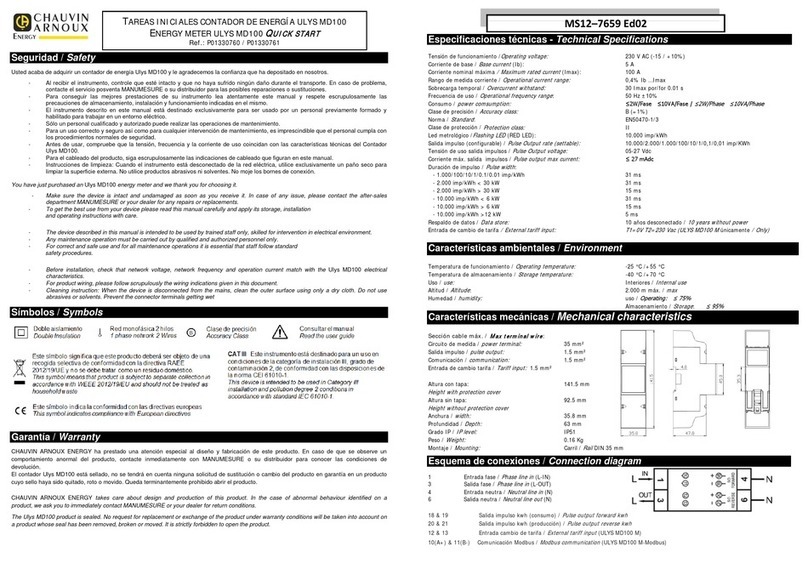
Chauvin Arnoux
Chauvin Arnoux Ulys MD100 User manual

Chauvin Arnoux
Chauvin Arnoux C.A 6710 User manual

Chauvin Arnoux
Chauvin Arnoux BCP4 User manual
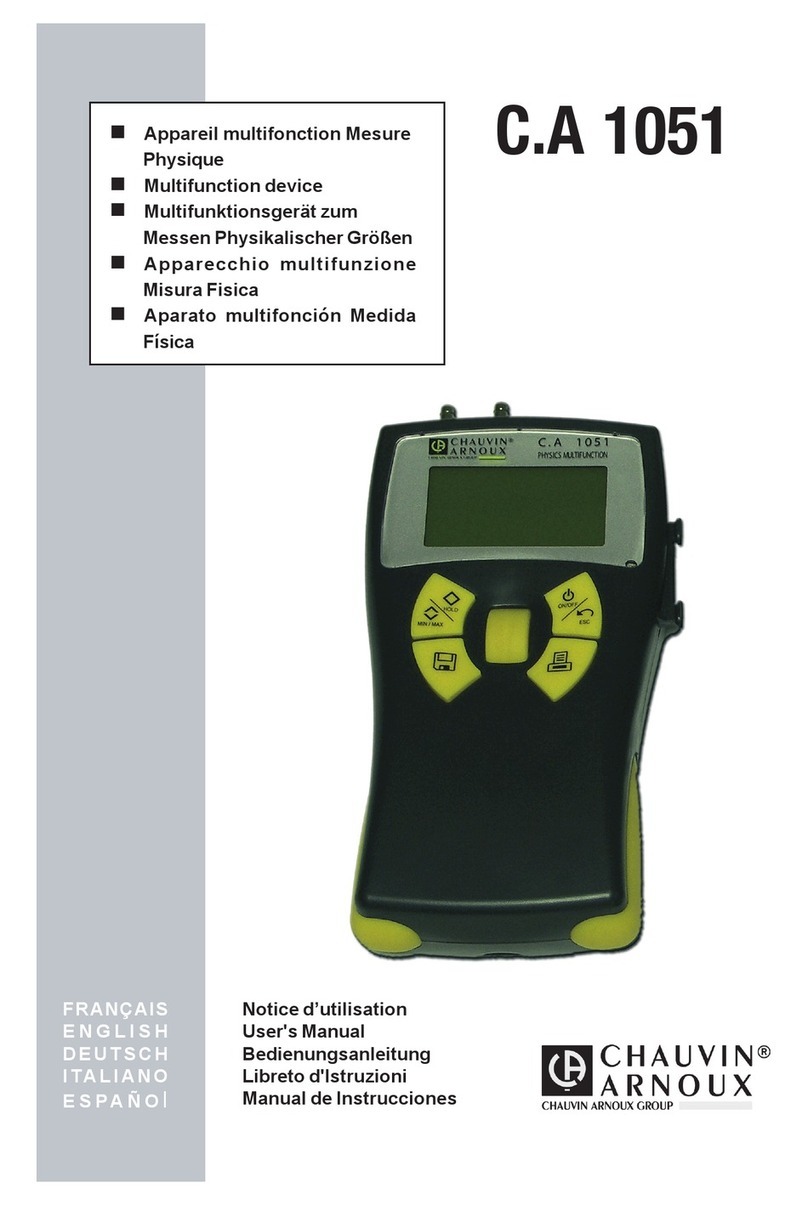
Chauvin Arnoux
Chauvin Arnoux C.A 1051 User manual

Chauvin Arnoux
Chauvin Arnoux C.A 6536 User manual

Chauvin Arnoux
Chauvin Arnoux AEMC JM810A User manual

Chauvin Arnoux
Chauvin Arnoux C.A 6528 User manual
Popular Measuring Instrument manuals by other brands

Powerfix Profi
Powerfix Profi 278296 Operation and safety notes

Test Equipment Depot
Test Equipment Depot GVT-427B user manual

Fieldpiece
Fieldpiece ACH Operator's manual

FLYSURFER
FLYSURFER VIRON3 user manual

GMW
GMW TG uni 1 operating manual

Downeaster
Downeaster Wind & Weather Medallion Series instruction manual

Hanna Instruments
Hanna Instruments HI96725C instruction manual

Nokeval
Nokeval KMR260 quick guide

HOKUYO AUTOMATIC
HOKUYO AUTOMATIC UBG-05LN instruction manual

Fluke
Fluke 96000 Series Operator's manual

Test Products International
Test Products International SP565 user manual

General Sleep
General Sleep Zmachine Insight+ DT-200 Service manual
